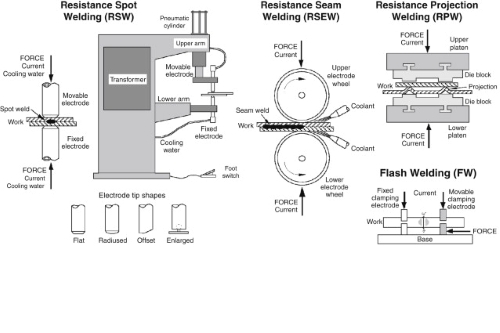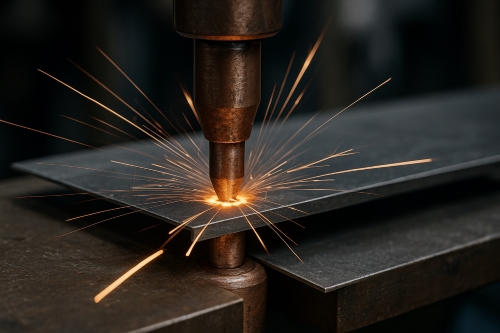Top 5 High Tensile Strength Plastics Explained
Polyamide-imide (Torlon) ~21,000 psi (145 MPa)
Polyamide-imide is one of the strongest plastics available. Known by the trade name Torlon, it demonstrates excellent performance under heavy loads. It retains its strength even at high temperatures. Engineers prefer polyamide-imide for demanding tasks. This plastic works well in aerospace components, high-performance gears, and compressor parts.
Its strength of approximately 21,000 pounds per square inch makes it suitable for portable devices and engines. Numerous industries utilise it to replace metal components. With its low friction and high wear resistance, polyamide-imide is an appropriate choice when strength is critical.
If you have a project that operates at high temperature with tight tolerances, polyamide-imide is a dependable option. Its performance has been proven over decades of use.
Polyetherimide (Ultem) ~16,000 psi (110 MPa)
Polyetherimide, commonly known by the brand name Ultem, ranks as the second plastic on our list. It offers a tensile strength of about 16,000 psi. This plastic also handles heat well. It remains robust and does not deform under stress.
Ultem is suitable for medical devices, electrical connectors, and automotive components. Many manufacturers choose polyetherimide for indoor applications. It is available in both clear and coloured varieties. The high temperature resistance also makes it popular in the electronics sector.
The plastic is lightweight yet strong. Its reliable performance results from years of testing and use in critical applications. This design makes polyetherimide an intelligent choice for scenarios where both heat and stress are concerns.
Polyetheretherketone ~14,000 psi (97 MPa)
Polyetheretherketone has gained a reputation as a high-performance engineering plastic. With an approximate tensile strength of 14,000 psi, it sits comfortably within the high-strength range.
This plastic is well known for its excellent chemical resistance and low wear properties. Polyetheretherketone is frequently employed in aerospace, automotive, and medical implant components. Its stable performance renders it one of the most preferred plastics in high-stress and high-temperature environments.
Due to its elevated melt temperature, polyetheretherketone can be utilised in harsh conditions. It also resists fatigue and long-term deformation. Numerous precision components and seals use this material with a high level of success.
Applications range from industrial gears to spinal implant components. Polyetheretherketone remains a suitable solution for various modern engineering challenges.
Nylon (Polyamide) ~12,000 psi (83 MPa)
Nylon is a widely recognised plastic. It is also referred to as polyamide. This plastic provides a tensile strength of about 12,000 psi. Nylon has been in use for decades across numerous applications.
Its usage encompasses clothing and mechanical components. The automotive industry and consumer goods also benefit from the reliable strength of nylon. It is a flexible alternative that resists abrasion and mild chemicals.
Nylon is easy to process and benefits from low production costs. Many fasteners, bearings, and gears utilise nylon in their designs. Its performance in terms of toughness makes it a preferred choice for many industrial tasks.
For everyday mechanical functions, nylon stands robustly against wear and tear. Its strength and durability continue to fulfil many design requirements.
Polycarbonate ~9,500 psi (65 MPa)
Polycarbonate is recognised for its good strength and excellent impact resistance. With a tensile strength of about 9,500 psi, it ranks fifth on our list.
This plastic frequently finds applications in items that require toughness. For instance, polycarbonate is widely used in the production of safety eyewear, compact discs, and protective gear. It is also common in electronic housings.
Polycarbonate is clear and lightweight. Despite its lower tensile strength compared to the others on this list, it remains popular due to its excellent optical clarity and temperature resistance.
It is a versatile material that achieves a good balance between durability and ease of moulding. Many products benefit from the combination of high impact resistance and reasonable tensile strength that polycarbonate provides.
Conclusion
Each of the plastics discussed has distinct strengths. Polyamide-imide offers the highest tensile strength and is the preferred choice for extreme environments. Polyetherimide is ideal for applications requiring both heat resistance and durability. Polyetheretherketone finds use in challenging environments where chemical and temperature resistance is essential. Nylon provides a balanced approach, combining ease of processing with high toughness. Polycarbonate, while ranking lower in tensile strength, delivers outstanding impact resistance and clarity.
Engineers and designers have varying needs. The choice of plastic depends on the application, environment, and cost considerations. Understanding the working properties of these plastics allows for improved material selection. For additional plastic materials, please check Stanford Advanced Materials (SAM).
Frequently Asked Questions
F: What makes high tensile strength plastics desirable?
Q: They resist high stress and perform well in demanding situations.
F: Which industries utilise these strong plastics?
Q: Aerospace, automotive, medical devices, and electrical components employ them.
F: Are these plastics easy to mould or shape?
Q: Yes, each plastic can be processed using techniques such as injection moulding.

 Bars
Bars
 Beads & Spheres
Beads & Spheres
 Bolts & Nuts
Bolts & Nuts
 Crucibles
Crucibles
 Discs
Discs
 Fibers & Fabrics
Fibers & Fabrics
 Films
Films
 Flake
Flake
 Foams
Foams
 Foil
Foil
 Granules
Granules
 Honeycombs
Honeycombs
 Ink
Ink
 Laminate
Laminate
 Lumps
Lumps
 Meshes
Meshes
 Metallised Film
Metallised Film
 Plate
Plate
 Powders
Powders
 Rod
Rod
 Sheets
Sheets
 Single Crystals
Single Crystals
 Sputtering Target
Sputtering Target
 Tubes
Tubes
 Washer
Washer
 Wires
Wires
 Converters & Calculators
Converters & Calculators
 Write for Us
Write for Us
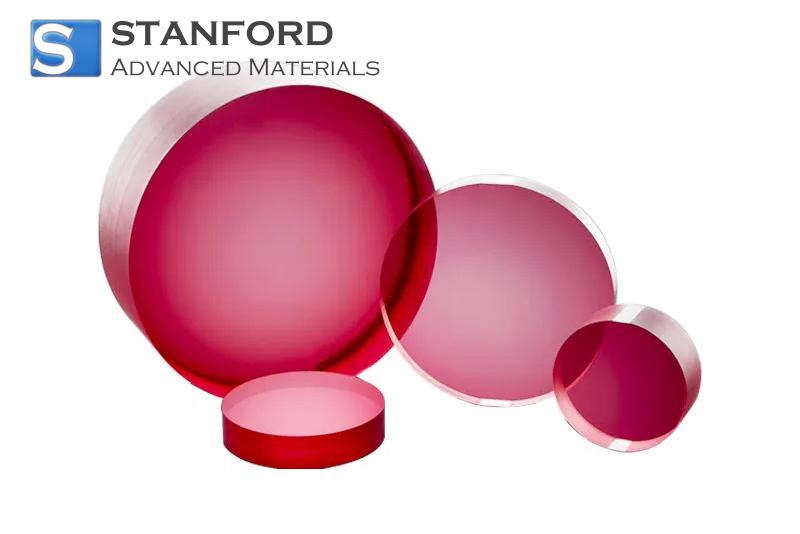
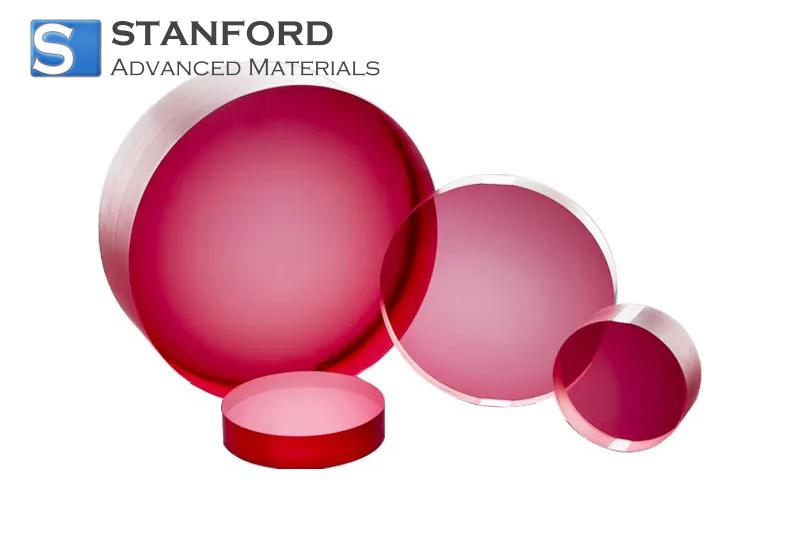
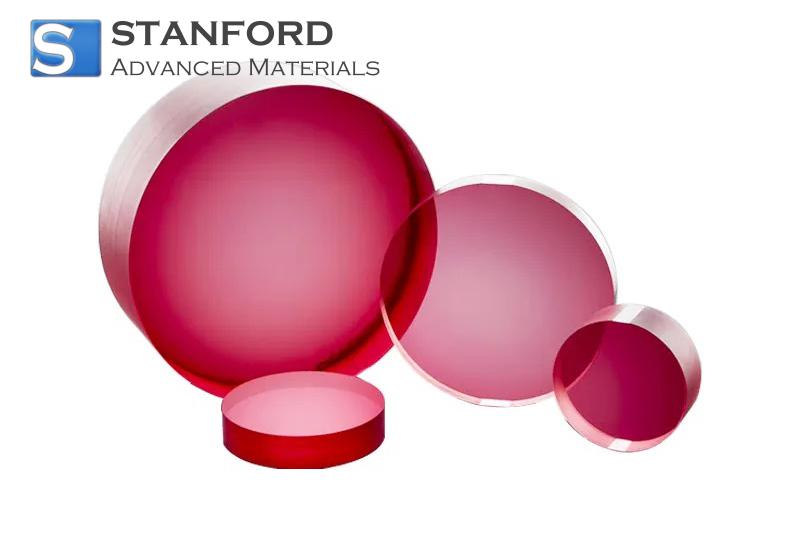
 Chin Trento
Chin Trento


